How To Fix Fireplace Draft

Table of Contents
How to Fix a Fireplace Draft: Troubleshooting & Solutions
A properly functioning fireplace relies on a strong, consistent draft to draw smoke up the chimney and out of your home. A weak or nonexistent draft, however, leads to smoky rooms, creosote buildup, and potential fire hazards. This comprehensive guide will walk you through troubleshooting and fixing a weak fireplace draft, helping you enjoy a cozy, smoke-free fire.
Understanding Fireplace Draft
Before diving into solutions, let's understand what creates a draft. A chimney's draft is driven by the difference in air pressure between the inside and outside of your home. Warm air inside the chimney rises, creating a low-pressure area that pulls in cooler outside air, carrying the smoke with it. Several factors can disrupt this natural process, leading to a poor draft.
Factors Affecting Fireplace Draft
- Wind: Strong winds can significantly impact draft, especially if your chimney is short or exposed.
- Barometric Pressure: Changes in atmospheric pressure affect the pressure difference driving the draft.
- Chimney Height: Taller chimneys generally have stronger drafts due to the increased pressure difference.
- Chimney Obstructions: Anything blocking the flue, such as birds' nests, debris, or animal carcasses, will impede the draft.
- Chimney Liner Condition: Cracks or damage in the chimney liner can cause leaks and reduce draft.
- Downward Pressure: A high-pressure system outside can create downward pressure, pushing smoke back into the fireplace.
- Incorrect Chimney Size: A chimney that's too small for the fireplace opening can lead to poor draft.
Troubleshooting a Weak Fireplace Draft
Before undertaking any repairs, systematically troubleshoot the issue:
1. Check for Obstructions:
- Visual Inspection: Inspect the chimney top from the outside for any visible blockages like nests, debris, or damaged bricks. Use binoculars if necessary.
- Flashlight Check: Use a flashlight to look down the chimney from the fireplace opening to check for internal blockages. Caution: Be careful not to drop anything into the chimney.
- Professional Chimney Sweep: A professional chimney sweep can thoroughly inspect and clean your chimney, removing any obstructions. This is a crucial step for both draft improvement and fire safety.
2. Assess the Chimney Liner:
A damaged or deteriorated chimney liner is a common cause of draft problems. Cracks or holes allow smoke to escape, weakening the draft. A professional chimney inspection is vital to assess the liner's condition. Repair or replacement might be necessary.
3. Examine the Fireplace Damper:
Ensure the damper is fully open. A partially closed or malfunctioning damper severely restricts airflow.
4. Consider External Factors:
- Wind Direction: Strong winds blowing down the chimney can negate the draft. Consider adjusting the fire or closing the fireplace during high winds.
- Barometric Pressure: Low barometric pressure can weaken the draft. This is often beyond your control, but understanding this factor can help manage expectations.
Fixing a Weak Fireplace Draft: Solutions
Depending on the cause of the draft problem, several solutions exist:
- Chimney Cleaning: Regularly cleaning your chimney removes creosote buildup, improving airflow and reducing fire hazards.
- Chimney Repair or Relining: If the liner is damaged, professional repair or relining is essential. This might involve installing a stainless steel liner, which is durable and improves efficiency.
- External Chimney Caps: Consider installing a chimney cap to prevent wind from disrupting the draft and to keep out animals and debris.
- Draft Hoods or Dampers: For fireplaces with weak drafts, a draft hood or a more efficient damper can significantly improve airflow.
- Increase Chimney Height: This is a more complex and costly solution, generally only considered for severely deficient drafts.
Preventing Future Draft Problems
Regular maintenance is key to preventing weak drafts:
- Annual Chimney Inspections: Schedule annual inspections by a certified chimney sweep.
- Regular Cleaning: Clean your chimney at least once a year, or more frequently if you use your fireplace heavily.
- Proper Firewood: Use dry, seasoned firewood to minimize smoke and creosote production.
Disclaimer: While this guide provides helpful information, addressing complex chimney issues might require the expertise of a professional chimney sweep or mason. Always prioritize safety and consult professionals when necessary. Never attempt chimney repairs without proper training and equipment.

Thank you for visiting our website wich cover about How To Fix Fireplace Draft. We hope the information provided has been useful to you. Feel free to contact us if you have any questions or need further assistance. See you next time and dont miss to bookmark.
Featured Posts
-
Broken Arrow Landscaping
Jan 15, 2025
-
62 Inch Fireplace
Jan 15, 2025
-
Who Makes Harriet Bee Furniture
Jan 15, 2025
-
Landscaping Tempe Az
Jan 15, 2025
-
Landscaping Belleville Mi
Jan 15, 2025